The second half of the 19th Century and the early 20th Century saw the emergence and proliferation of shops on the High Street.
No 1 High Street is recorded as being a shop from 1871 when it was purchased by Thomas Venvell. He became a postmaster in 1883 and the shop continued in family ownership until 1935. It continued as a shop and post-office until the end of the 20th Century. This is a colourized postcard dating from 1905 that was sold by the store.
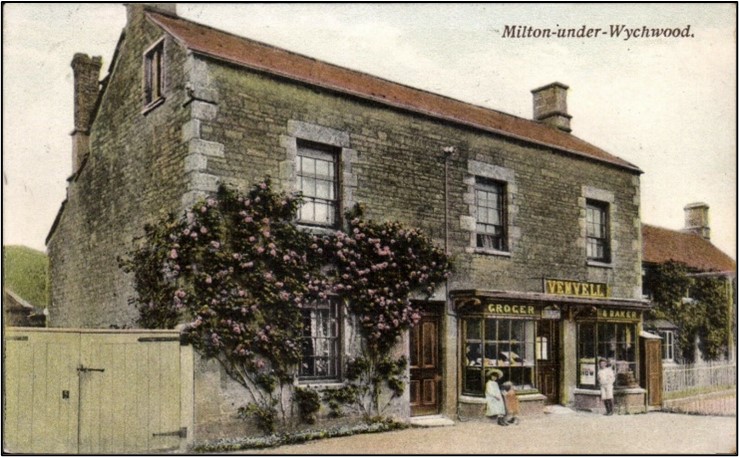
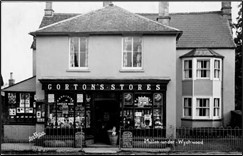
Gorton’s Stores, formerly next door to Milton library, now “The Old Farmhouse”. Fronting what may have once been an 18th Century farmhouse. It was also at one time Pratley’s hardware store. A photograph from circa 1920. The front projection was demolished in the 1980s and the building restored to something resembling its original form.
The shop front of EE Bradley, Butcher and Mealman, in a photograph from circa 1920. The store was sometime later taken over by Harman’s who continued as butchers up until the end of the 20th Century. In 2005 the shop front was rebuilt in similar form and the bull’s head re-sited on the gable, now number 59 High Street. A small estate of flats and houses was built to the rear in 2005, named Harman’s Court, thus preserving the name of the final shop on this site.
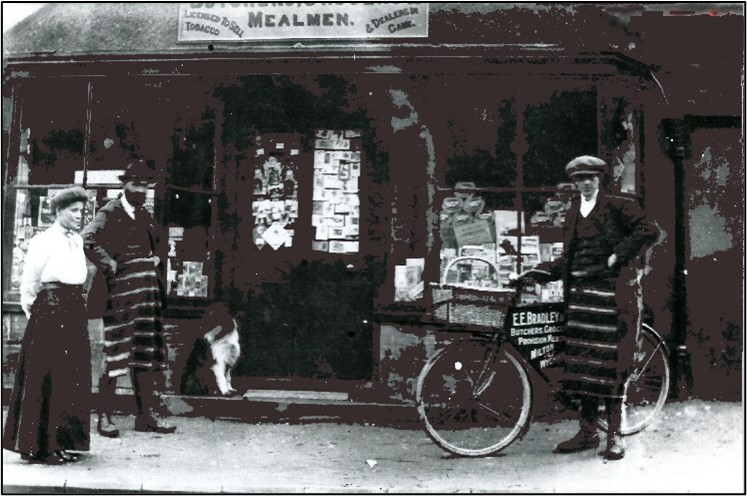
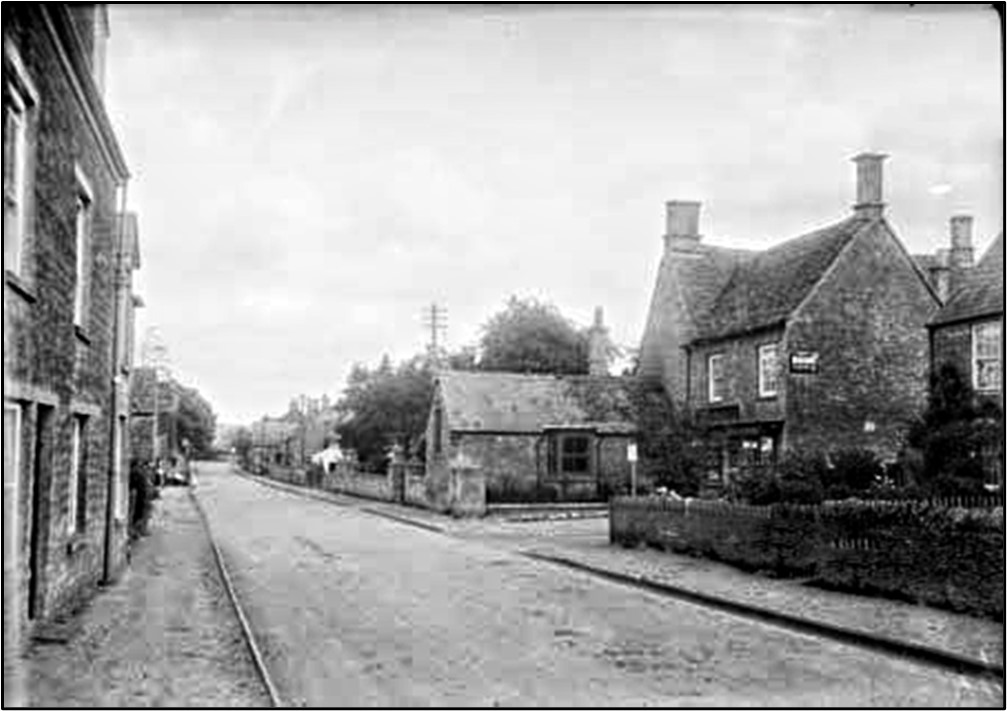
The Old Bakery, number 47, is a composite house from various periods probably commencing in the 17th Century. The façade facing the street as well as the former Wesleyan Mission Room wing have had various incarnations as shops and commercial premises, including the Midland Bank. The Wesleyan Mission Room also at one time housed a library set up by Gordon Scott senior, only later being replaced by the County Council library in its current location. In this photograph you can just distinguish one of the former shops in situ. See figure 4 for a picture of the property today.
London House, 71-73 High Street. A property probably from the later 19th Century but the front room converted to a shop front in the early 20th Century. It was firstly opened as a Haberdashery shop by Lydia Dangerfield, but closed sometime in the 1960s, though it still operates as commercial premises currently housing the offices of Richard Stamp Agencies Ltd.
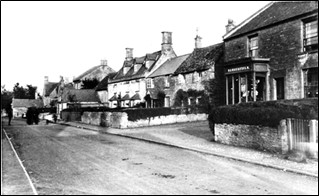
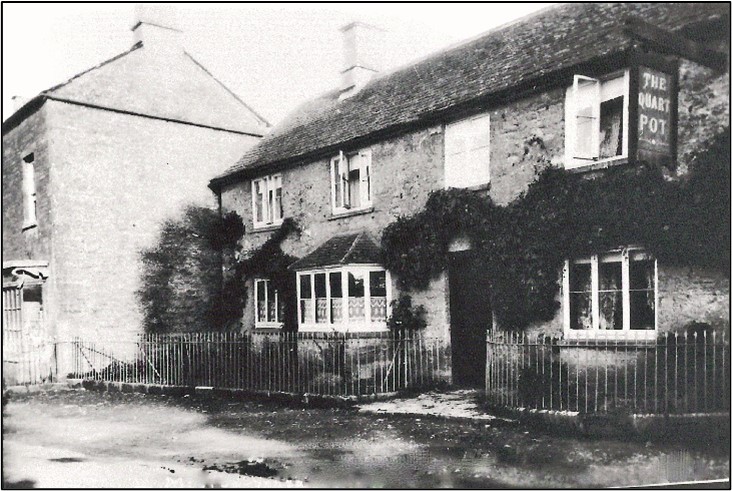
The Quart Pot is a longstanding pub on the High Street and references to its existence can be found from the early 19th Century. It was often used as a place to do business, and auctions of property were often held here. It was also occasionally the venue for the Vestry meetings, a means of village administration, a sort of early Parish Council. It was refurbished in 2017 and re-named The Hare. It remains the only surviving pub in the village.
The Butcher’s Arms was another significant public house on the High Street, and another venue for the Vestry meetings in the 19th Century. It closed in the 1970 becoming a private residence. The left-hand wing visible in this photograph was re-built in the 1980s. The next house along visible in this photograph (number 54) also used to be an ale house, named The Black Horse.
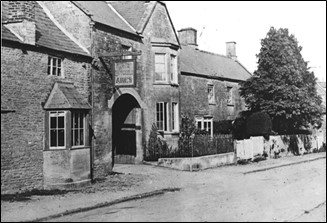
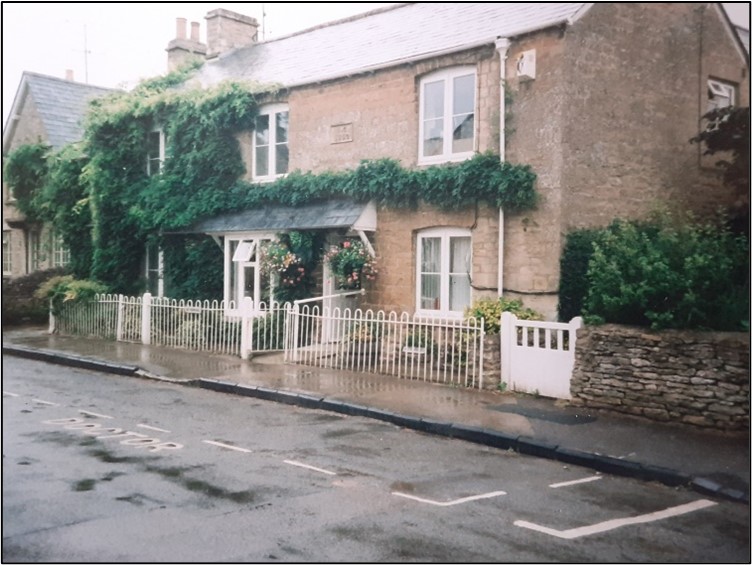
There were a number of other shops on the High Street of which we do not at present have a photographic record. There was a shoe shop and cobblers at number 64, which became the village surgery from the late 1960s until the early 21st Century when it moved to Shipton. There was a saddlery at one time in the single-story front room of number 30 High Street.
Introduction | Before the 19th Century | The 19th Century | Shops and Pubs | Religion | 20th and 21st Centuries | Article Intro

